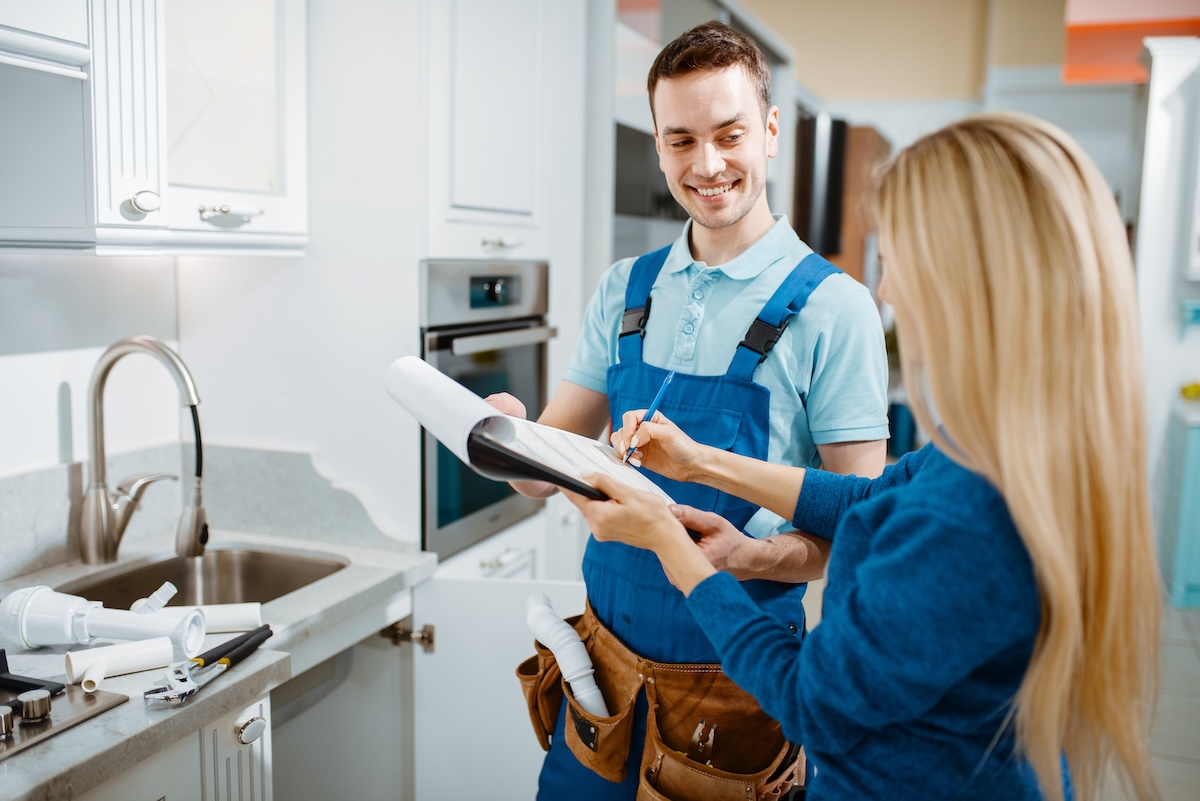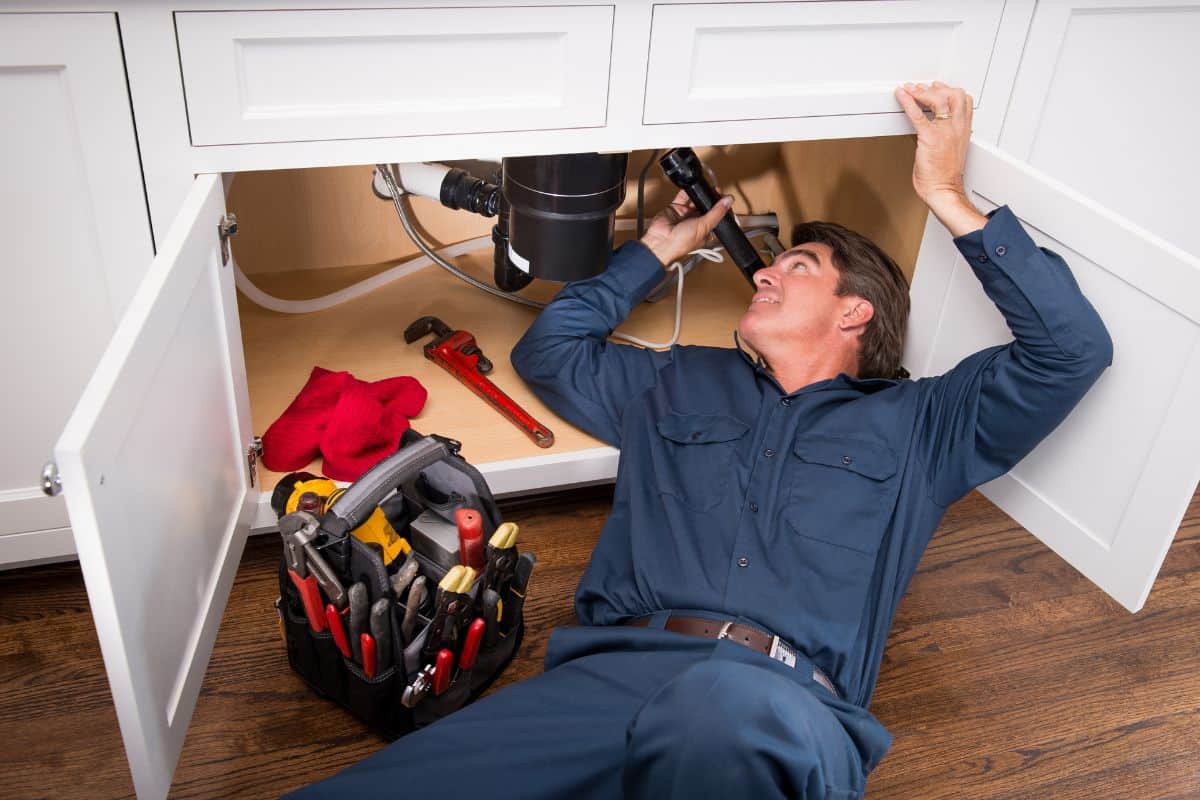Predicting the Next Era of Plumbing: Trends and Advancements
Predicting the Next Era of Plumbing: Trends and Advancements
Blog Article
Do you find yourself hunting for info about Innovative Plumbing Trends Transforming Construction?

Introduction
The pipes sector is undertaking a transformative stage driven by technological improvements and growing problems for sustainability and performance. This write-up discovers emerging trends and advancements shaping the future of pipes.
Smart Pipes Equipments
Integrating smart innovation into plumbing systems makes it possible for remote surveillance, leak discovery, and automated maintenance. Smart sensors and IoT (Web of Points) gadgets allow homeowners and plumbing professionals to monitor water usage and identify problems in real-time, causing extra efficient source administration and aggressive upkeep.
Water Effectiveness Solutions
With increasing focus on water preservation, innovative services are being established to reduce water wastefulness in pipes systems. High-efficiency fixtures, greywater recycling systems, and clever watering controllers are among the modern technologies aiding customers lower their water impact while keeping convenience and benefit.
Lasting Materials
The shift towards sustainability includes plumbing products, with a growing preference for eco-friendly choices. Naturally degradable piping products, such as PEX (cross-linked polyethylene) and HDPE (high-density polyethylene), deal durability and resistance to corrosion without compromising ecological honesty.
Predictive Upkeep
Anticipating upkeep methods utilize data analytics and artificial intelligence algorithms to prepare for and stop pipes problems before they take place. By evaluating historical information and performance metrics, predictive maintenance algorithms can recognize patterns and abnormalities, allowing aggressive treatments to prevent expensive repair services and disruptions.
Enhanced Fact in Plumbing
Enhanced Truth (AR) modern technology is reinventing pipes by providing professionals with real-time visual guidance for troubleshooting and repair service jobs. AR-enabled smart glasses or mobile applications overlay electronic details onto the physical atmosphere, helping plumbing technicians imagine pipe designs, recognize concealed leakages, and perform repairs with accuracy.
Effect of 3D Printing
The arrival of 3D printing has presented brand-new possibilities in producing plumbing parts. From custom-made components to intricate pipe fittings, 3D printing allows for quick prototyping and on-demand manufacturing, reducing preparations and allowing higher modification in plumbing layout.
Health And Wellness Qualities
In response to increased worries for health and safety, pipes fixtures are incorporating features such as antimicrobial surfaces, touchless procedure, and self-cleaning devices. These innovations not only enhance hygiene however additionally promote user convenience and benefit.
Hygiene-focused Components
Touchless taps, self-sanitizing commodes, and antimicrobial surfaces are becoming increasingly widespread in domestic and business settings, lessening the threat of germ transmission and promoting a cleaner, healthier setting.
Water Top Quality Monitoring
Improvements in water quality tracking modern technologies allow property owners to keep an eye on the purity and safety and security of their supply of water in real-time. Smart water quality sensors can find pollutants, pH levels, and temperature variations, equipping users to take proactive steps to make certain water security.
Remote Plumbing Solutions
Remote diagnostics and digital support are reinventing the means plumbing services are delivered. With video conferencing and remote access innovations, plumbings can troubleshoot problems, supply advice for DIY repairs, and even do remote examinations, supplying higher ease of access and ease to homeowners.
Challenges and Opportunities
While pipes innovations hold tremendous promise, they additionally present obstacles such as information personal privacy problems, regulatory compliance, and the need for workforce training. Dealing with these difficulties requires partnership between sector stakeholders and regulative bodies to make sure secure and responsible implementation of brand-new innovations.
Regulatory Landscape
Governing structures play a critical function in shaping the adoption of plumbing innovations, with standards and codes controling whatever from water effectiveness to product safety. As technologies remain to evolve, governing bodies should adapt to ensure consumer defense and ecological stewardship.
Future Outlook
The future of plumbing is characterized by proceeded development and integration with various other industries such as IoT, renewable energy, and structure automation. By embracing sustainable methods, leveraging arising technologies, and focusing on user-centric design, the plumbing sector is positioned to address the progressing needs of culture while lessening its environmental impact.
Final thought
In conclusion, the future of plumbing is defined by a merging of technology, sustainability, and user-centric design. By embracing wise options, lasting products, and aggressive maintenance methods, the pipes industry can improve performance, advertise safety and security, and contribute to a more sustainable future.
Plumbing Industry Trends You Need To Know
Smart technology in plumbing
Homeowners want to be able to manage their homes from their phones. The technology exists to make that happen. From smart toilets to leak detector devices, the whole plumbing system can be managed on an interconnected network made up of sensors, IoT devices, and machine learning algorithms.
This allows for wireless control to turn appliances on and off, automate routines, and access advanced monitoring to track water usage and flag potential issues. Smart technology streamlines water consumption, maintenance and energy usage, creating a more efficient system.
Green plumbing
The data analysis possible with smart technology not only improves convenience and cost-effectiveness but also fulfills a high-priority customer desire – sustainability. Consumers are very aware of their impact on the planet and want plumbing solutions to reduce damage and support sustainability. Eco-friendly plumbing solutions are already starting to emerge.
Customers can opt for low-flow toilets, water-saving faucets, and connections to sustainable energy sources. Beyond monitoring water consumption, customers can conserve water through the installation of greywater systems. This is a system that collects water that has been used but is still clean enough for some household uses such as toilet flushing.
Shorter product pipeline
To keep up with modern plumbing, plumbers need modern tools that enable them to complete jobs more efficiently. One technology making strides in this area is 3D printing. By 3D printing key plumbing fixtures, plumbers can reduce wait times even for specialized fixtures. It minimizes delays often seen in traditional manufacturing that frustrate customers and prevent plumbers from taking on more work.
Off-site repairs
Augmented reality is making a splash in many industries including plumbing. Plumbers can map a building online so they can explore the plumbing system through augmented reality, identifying areas of maintenance and repair completely digitally. This technology can be applied quite widely in plumbers’ work including planning installations and training new recruits. It’s safer, smarter and more efficient.
Low-footprint materials
Another way for plumbing companies to reduce their environmental footprint and meet the customer demand for sustainability is by using recycled materials in their work. The products they source and manufacture such as pipes, fixtures and faucets can be made from recycled materials. This saves the planet while being just as effective.
Onsite water purification
Additionally, plumbing companies can be advocates of water conservation and ease the financial and environmental concerns of customers by offering water purification systems. New water purification technology such as reverse osmosis systems and UV systems make it possible for homeowners and business owners to thoroughly cleanse water, removing contaminants onsite. This means the water can be safely reused in more ways than greywater can be, establishing a water recycling loop.
Tankless water heaters
Another innovation of modern plumbing is tankless water heaters. The idea is that the water is heated on demand as it runs through the system instead of being heated in a water tank. This is more energy efficient and therefore cost-effective and eco-friendly because water isn’t heated needlessly.

As an enthusiastic person who reads about The Future Of Plumbing: Trends And Technologies To Watch, I imagined sharing that piece of content was a good idea. In case you enjoyed our page plz make sure you remember to share it. I treasure your readership.
Schedule Here Report this page